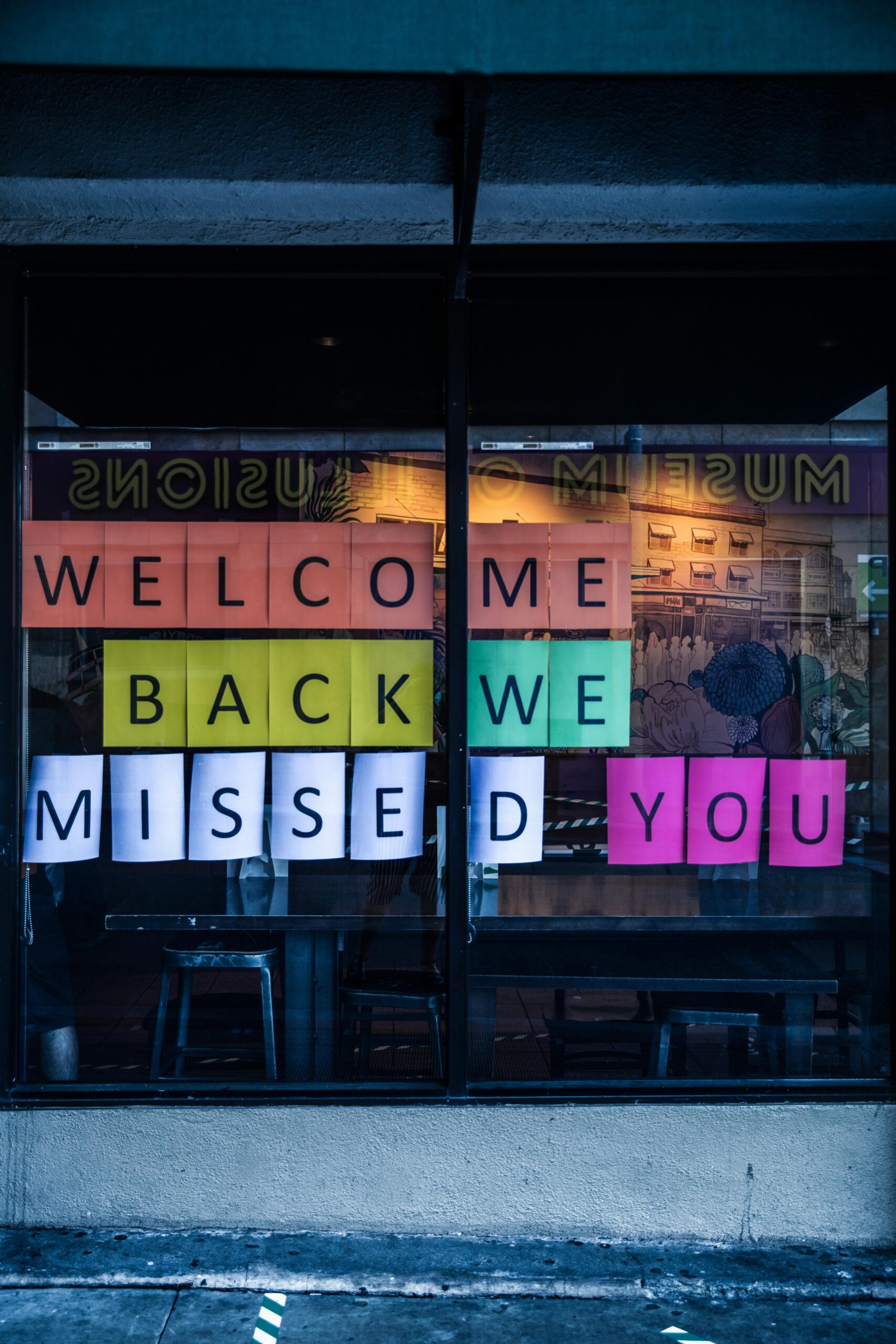Understanding the Shopper’s Intent for School Signage and Labels
Who is searching and what are they trying to learn
Back-to-school season is in full swing, parents, students, and teachers walking into stores in late summer have one goal: stock up on supplies quickly and affordably. They want signs that point them to backpacks, notebooks, and must‑have accessories without confusion. Retailers searching for this topic are looking for strategies to make signage practical, persuasive, and easy to follow.
Typical shopper questions: “where are school supplies?”, “what’s on sale?”
Retail stores need to make sure the right signage answers questions before customers ask. Shoppers look for sections clearly marked with back‑to‑school graphics and concise text. They also want labels that highlight promotions, sales, and bundles at a glance.
Aligning signage and labels to shopper decision‑making stages
Retailers benefit from mapping signage to the buying journey. Directional signs guide shoppers to the correct aisle, while shelf labels reinforce value with promotions and comparisons. Eye‑level signs and tags should remove guesswork and speed up purchases.
Planning Signage & Label Strategy for Back to School
Timing: when to roll out signage in July and August
Retailers gain traction by launching signage before peak demand. Starting in mid‑July lets stores capture early planners while staying visible for last‑minute shoppers in late August.
Types of signage: directional, promotional, informational
Each sign has a job. Directional signage guides traffic flow. Promotional signs push limited‑time discounts. Informational signs answer practical questions about price, bundles, or product features.
Choosing label formats: price tags, shelf‑talkers, branded labels
Labels can be as simple as bold price tags or as detailed as shelf‑talkers that feature value statements. Branded labels with consistent colors and fonts reinforce identity and make displays feel polished.
Designing Effective Signage and Label Content
Simplicity and clarity: headline, call‑to‑action, visuals
The best signs get to the point fast. Use a short headline (“School Supplies Here”) and a clear call‑to‑action (“Shop Now”). Visuals should be bright, relevant, and easy to spot from a distance.
Color psychology and font selection for back‑to‑school shoppers
Colors like yellow, blue, and red create urgency and positivity. Fonts should be bold and legible even from several feet away. Consistency across all signage builds recognition and trust.

Know what’s trending with the kids, teenagers and students
Learning what has been trending amongst students of all ages is a must! What was popular last June, is most likely not going to be popular this coming school season. If you don’t have kids of your own, use social media to learn what is trending. YouTube, Instagram, or TikTok can be a very informative place to see what kids and teenagers are raving about. Make sure your marketing strategy involves the current trends amongst your end users. I hate to say it, but social media influencers might be a great source for ideas. This is not just limited to school supplies, but clothing and accessories with brand awareness will be top sellers too.
Messaging examples using action words like YOU, EASY, LIMITED
“Your School List Made Easy,” “Limited Time Back‑to‑School Deals,” and “Grab & Go Essentials” are examples of wording that feels direct and inviting.
Placement and Merchandising That Amplifies Signage Impact
Endcaps, aisle fins, window signs and pavement boards
Prime real estate sells. Place signage at entry points, aisle ends, and checkout areas where shoppers naturally pause. Outdoor boards can draw foot traffic inside.
Cross‑merchandising and label coordination
Bundling pens with notebooks under one sign labeled “Study Ready Sets” helps shoppers find everything faster. Coordinated labels tie these sections together visually.
Avoiding signage overload and ensuring product visibility
More signs don’t always mean better sales. Too many visuals compete for attention. Keep displays open, with key messages standing out clearly.
Operational Considerations and Execution
Using flexible signage systems (clips, Velcro, modular frames)
Retail teams benefit from signage systems that are easy to swap out as promotions change. Modular frames and clips keep displays tidy and adjustable.
Label and signage printing systems on demand to avoid waste
On‑demand printing helps stores update labels quickly without overstocking printed materials that may not get used. If you don’t have the ability to print in-house, find a reliable source for your printing needs, and make sure they can deliver in a timely matter or else you’ll have marketing material that can’t be used till the end of next summer.
Staff training and validating signage clarity before launch
Employees should be briefed on placement and purpose. A simple test is asking staff if they can find an item using only the signs—if not, revise before launch.
Measuring Success and Refining Your Approach
Key metrics: foot traffic, average order value, promotional lift
Sales data, basket size, and conversion rates show whether signage and labels are working. Tracking promotions tied to specific signs can reveal ROI.
Gathering shopper feedback and staff observations
Customers can provide candid feedback about whether displays are helpful. Staff often notice if shoppers seem confused or miss promotions.
Iterating signage and label messaging during the season
Mid‑season tweaks keep displays fresh. Updating colors, taglines, or placement based on feedback can improve sales as the season progresses.

